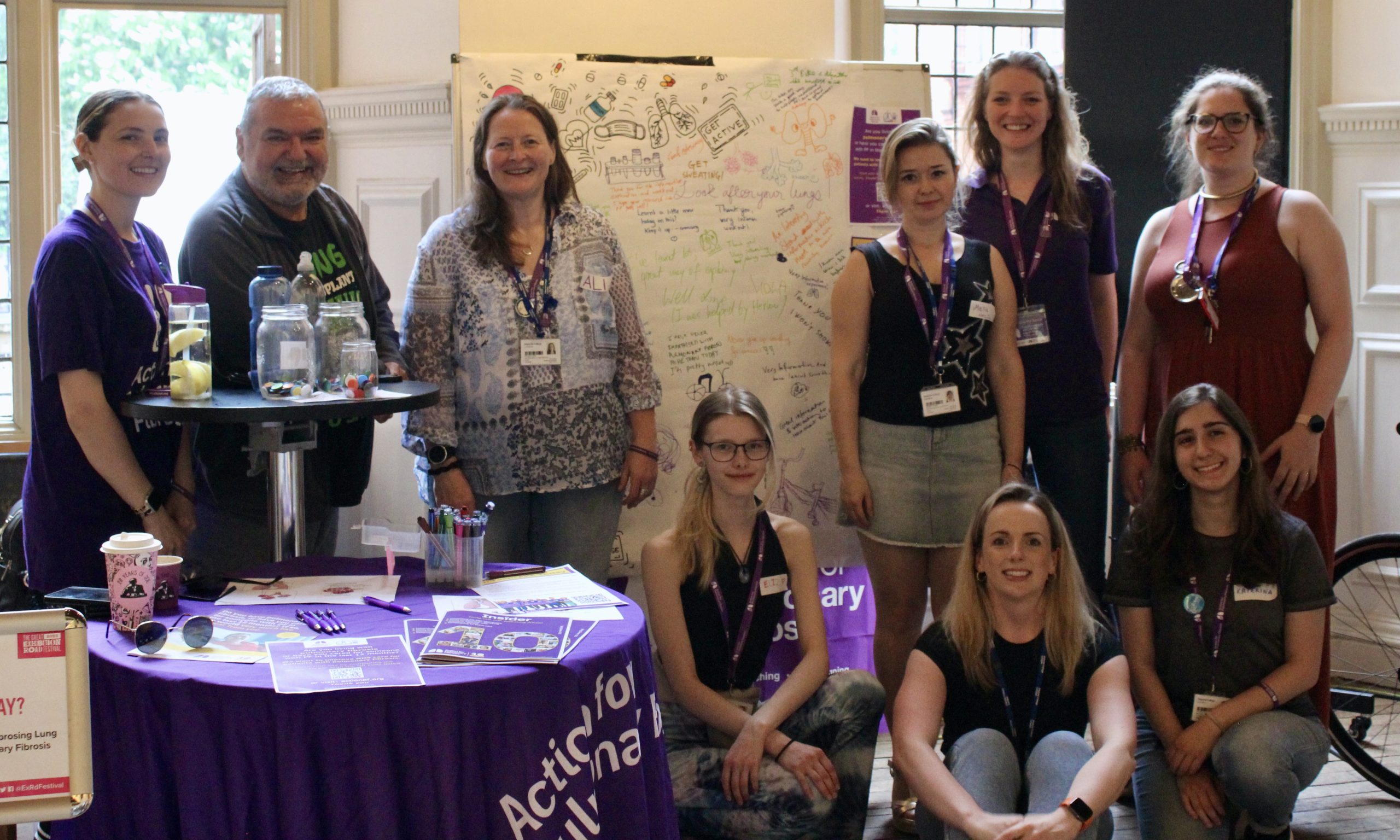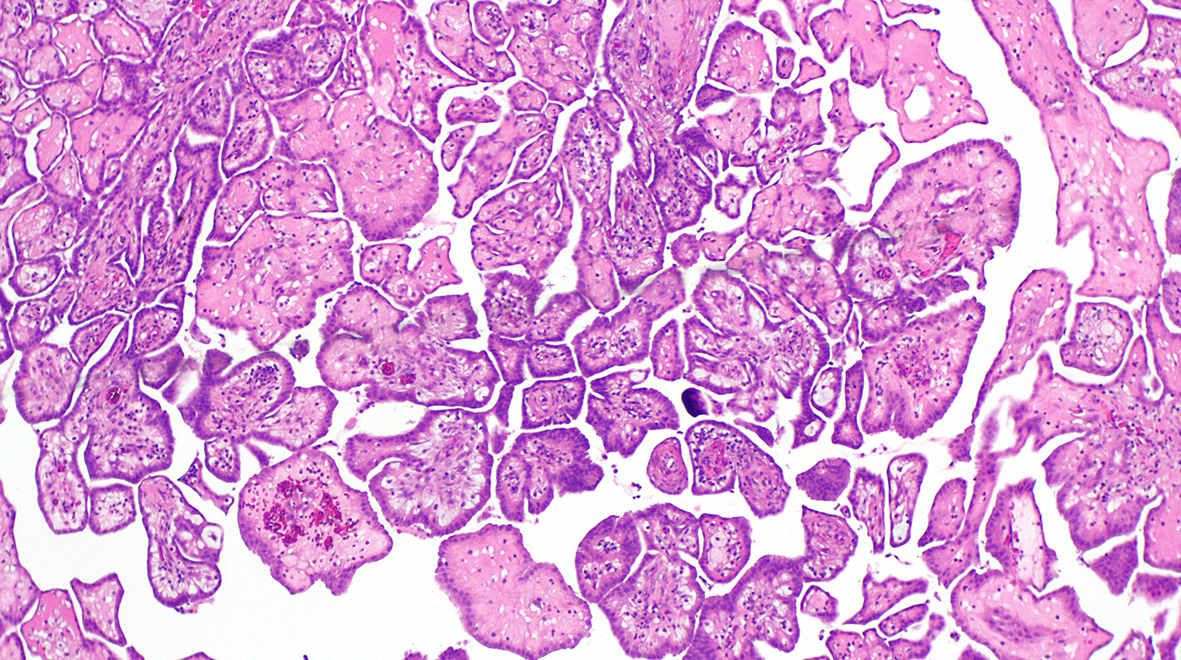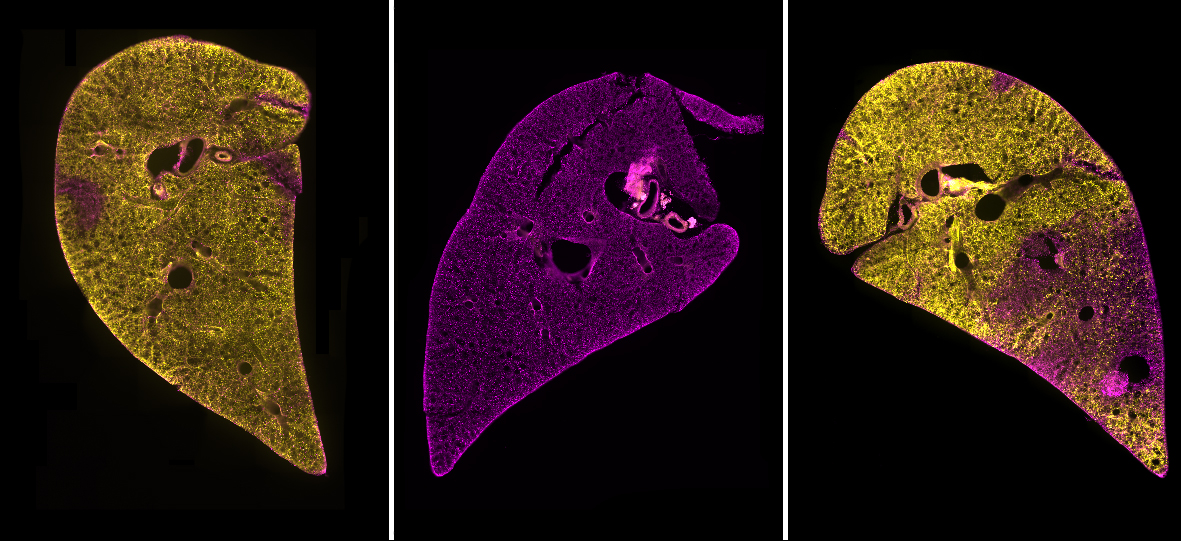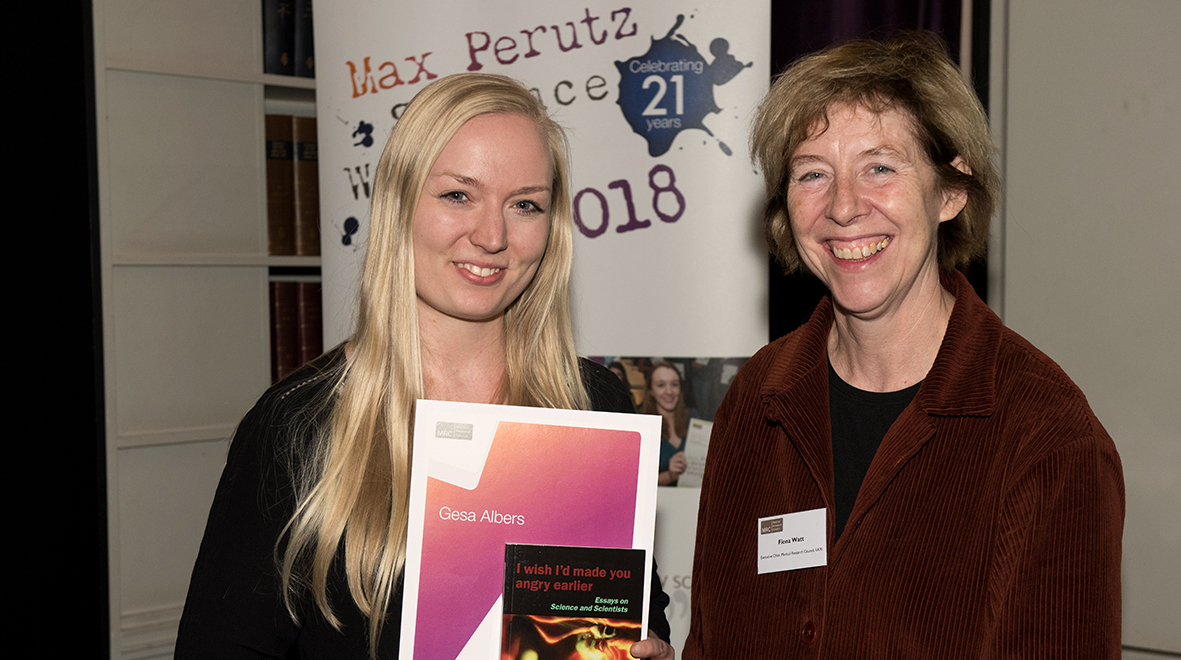
Currently, there are considerable gaps in the care of people with chronic obstructive pulmonary disease (COPD). Parris Williams, PhD student at the National Heart and Lung Institute (NHLI), highlights why improving the access, delivery and quality of annual COPD reviews is crucial to supporting 1.4 million patients in the UK with the condition.
Chronic obstructive pulmonary disease (COPD), a chronic condition causing restricted airflow and breathing problems, is the second most common lung disease in the UK. Currently 1.4 million people in the UK have a COPD diagnosis. Recommended by the British Thoracic Society and NICE guidelines, annual COPD reviews are a key element in COPD care. These reviews are an opportunity for the patient to discuss their condition with their medical team, alongside inhaler/medication revisions and opportunities for onward referrals if needed. When delivered correctly, COPD annual reviews increase the health and reduce exacerbation risk for patients.








 An eye-opening account by Professor Sir Tony Newman Taylor on how asbestos has gone from ‘magic mineral’ to deadly dust that can cause mesothelioma.
An eye-opening account by Professor Sir Tony Newman Taylor on how asbestos has gone from ‘magic mineral’ to deadly dust that can cause mesothelioma.